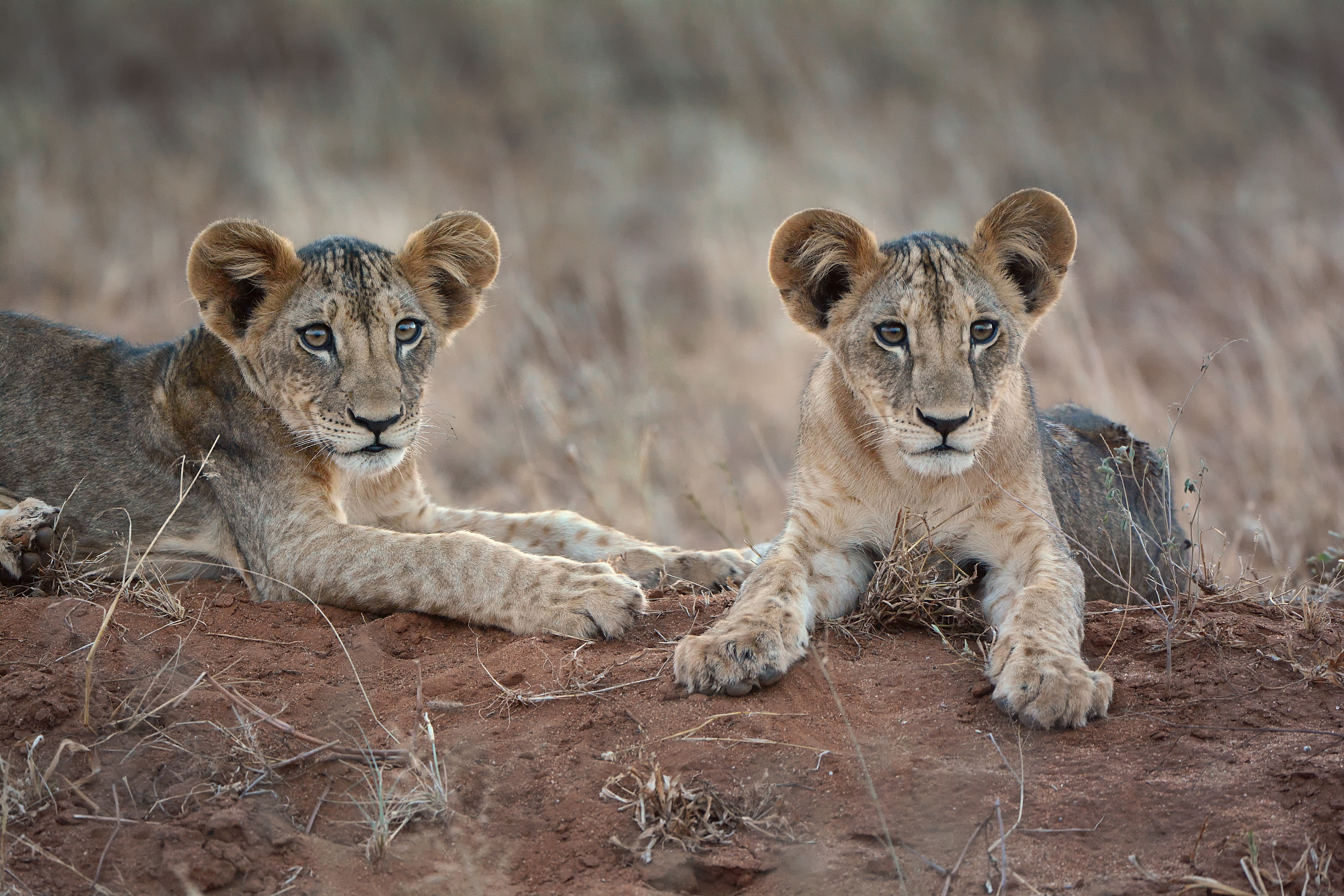USING RADIO COLLARS TO PREVENT HUMAN–LION CONFLICT

Seeking to mitigate human-carnivore conflict in the Tsavo landscape, which has seen significant increases in such disputes, AWF and the Kenya Wildlife Service (KWS) recently joined forces to collar lions at the LUMO Community Wildlife Conservancy. The operation was a pilot project addressing human-wildlife conflict within the conservancy — a vital wildlife migration corridor in the Tsavo ecosystem and host to approximately 650 large mammals, including elephants, leopards, lions, giraffes, and over 350 bird species. The radio collars will deliver data KWS can use to manage the park and support rapid-response teams that mobilize whenever big cats roam close to nearby settlements. (The teams usually respond by alerting villagers and humanely directing the lions away.)
Kenneth Kimitei, AWF’s senior ecologist in the Tsavo-Mkomazi landscape, said, “We have other activities that we will connect to this collaring, especially camera trapping that helps us understand prey distribution. We should be in a position, after having the data, to develop strategies to mitigate the conflict.”
The team put the collars on two adults, a male and female, from different prides. The collars went to adults, said Jeremiah Bogot, a wildlife veterinarian with KWS, because they are the dominant lions who cause the most conflict. The team immobilized the lions using ketamine and medetomidine. One drug puts the animal down while the other relaxes its muscles. Bogot and his team then collared each lion and noted the individual’s length, paw size, teeth size, and other measurements, along with identifying features like whisker spots and ear notches. They also gathered biological samples such as blood, urine, and saliva to determine the cats’ health status. The process took about an hour.
The satellite-linked collars, which do not affect the lions’ behavior, transmit signals that allow rangers to track the cats up to 5 kilometers away. Because lions are very active at night, making it difficult to follow their movement, the devices will provide an unprecedented picture of the cats’ real-time positions throughout the night.
In the last two decades, lions saw a 43 percent population decline in Africa. AWF has been working tirelessly to protect this species through a comprehensive counter wildlife trafficking program that includes ranger and prosecutor capacity building, contraband detection at hotspots, and cybercrime-investigation support for wildlife authorities. We also equip wildlife authorities with state-of-the-art technology like the Spatial Monitoring and Reporting Tool (SMART) software to enable rangers to concentrate their patrol efforts to more effectively monitor and protect lions from poachers and others.
Lion protection benefits human communities as well as animals. “Investing in lion conservation is not simply a charitable act that might protect populations of one particular species, however important,” says AWF CEO Kaddu Sebunya. “It also protects the many commercial and subsistence values that rely on lions directly, or that rely on the landscapes where lions live and come as a no-cost extra to conservation.